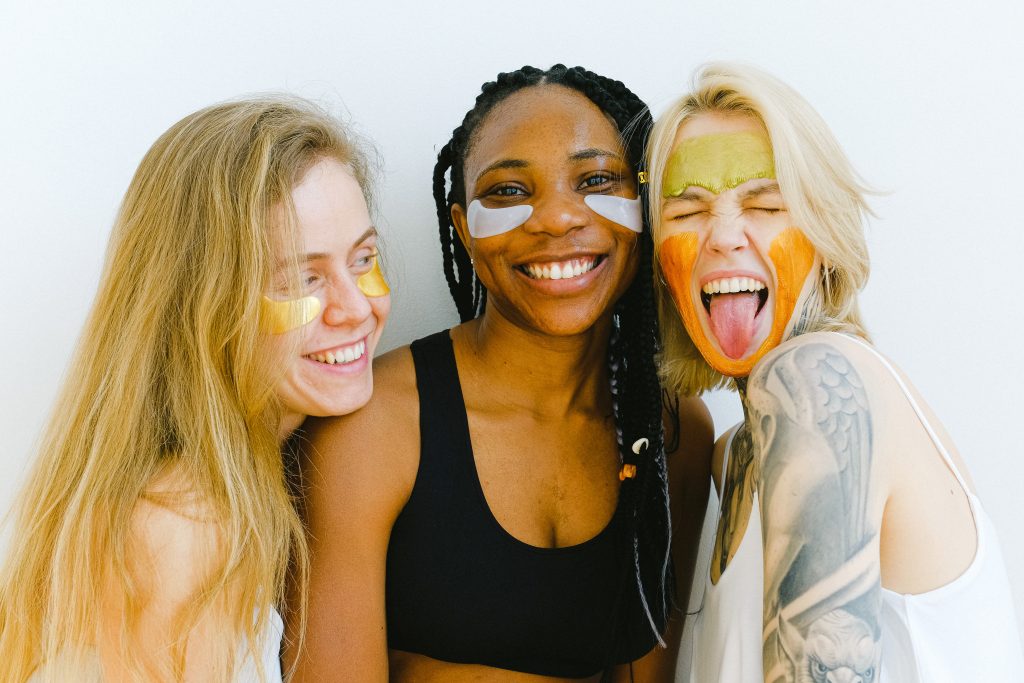What is so special about the prospect of turning 30? How should it affect the way we care for our bodies? Does your skin really start to change as you enter this third decade of life?
Dermatologists say that the first signs of sun damage usually appear in your 30s, when your skin’s repair abilities begin to wane. Hence, mild brown spots and discoloration, crow’s feet, and dull skin that lacks radiance. It is important to remember that these changes are actually a reflection of our past behaviors. The damage you do in your 20s will show up later in your 30s, 40s or 50s.
Fortunately, by taking early action, you can significantly impact the future health of your skin. This primarily has to do with proper prevention and protection, like using sunscreen and wearing a hat at the beach. It’s also crucial to develop good habits that will get you through your later years without complexes. One particularly important practice is to increase your product coverage (day and night creams for the right age). Take care of your facial skin, but don’t forget your neck, décolletage, hands or feet.
You should start using these cosmetics before the age of 30. If you are a few years older, you should also read this list. Remember, it’s never too late to start taking care of yourself and your skin.

Cleansing your skin is very important, but excessive cosmetic efforts can work against it. A battalion of treatments from strong toners to sonic devices to scrubs used one after another will leave your skin irritated and give it a harsh look. Care for your skin wisely and systematically. Don’t forget to remove your makeup before bedtime. Don’t do it with water, but with specialized cosmetics that not only remove impurities but also moisturize your skin. Micellar lotions, foams, gels and creams – choose a product that best suits your skin’s needs.
Especially in summer, it’s a good idea to support yourself with vitamin C serums. It contains special antioxidants to give your skin an extra layer of protection from the sun. UV rays aren’t fully blocked by sunscreen, so it’s a good idea to wear something under SPF to neutralize the free radicals released, as well as help with collagen production.
There are many formulations to choose from, but you should choose a broad spectrum sunscreen that has an SPF of 30 or higher. Look for ingredients like zinc oxide and titanium dioxide in the formulation, which create a nice, even finish on the skin and may cause fewer blemishes in your 20s. Repeat your application every 2 hours during sun vacations. Don’t forget to take care of your skin in the winter as well. The sun is active all year round. Opt for a day cream with sunscreen.
Retinoids are proven to be the only thing that works on the skin, building collagen but also reversing photo-aging. Choose a mild, over-the-counter retinol product that doesn’t irritate or exfoliate the skin. Use it every other night. You can mix some moisturizer with retinol to make it more tolerable and easier to apply. You should start skincare in your 20s or so to get your skin used to its effects, and then use a stronger prescription retinol in your 30s or 40s.
The skin around the eyes is the thinnest skin on our body and one of the first places that give away your age. Starting an eye cream early develops a good habit, it moisturizes the skin to firm it so that wrinkles are less visible or virtually non-existent when you are older. You can alternate creams with different active ingredients to support different skin layers and structures. For example, start with an eye cream that has some retinol to build collagen, and when that pack is finished, switch to a more moisturizing formula with hyaluronic acid.
Read also Sensitive skin or allergic skin? We tell you how to tell them apart and take care of them
Main Photo: Kalos Skincare/ unsplash.com